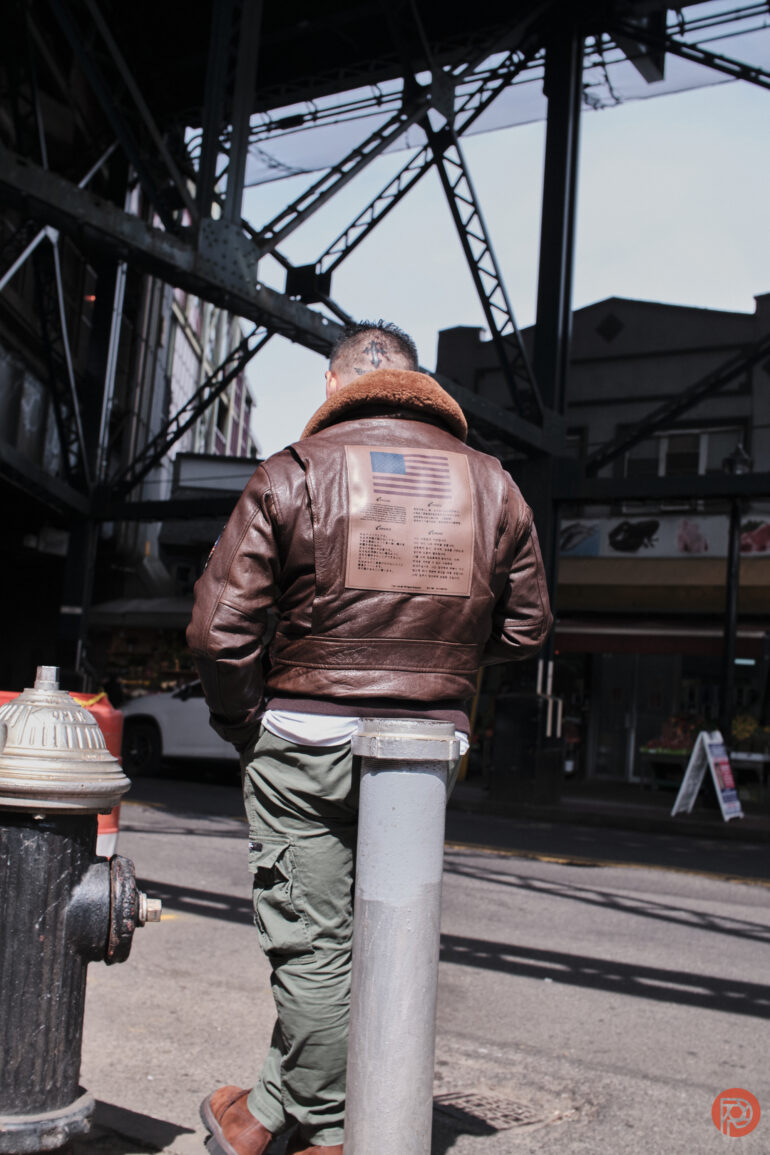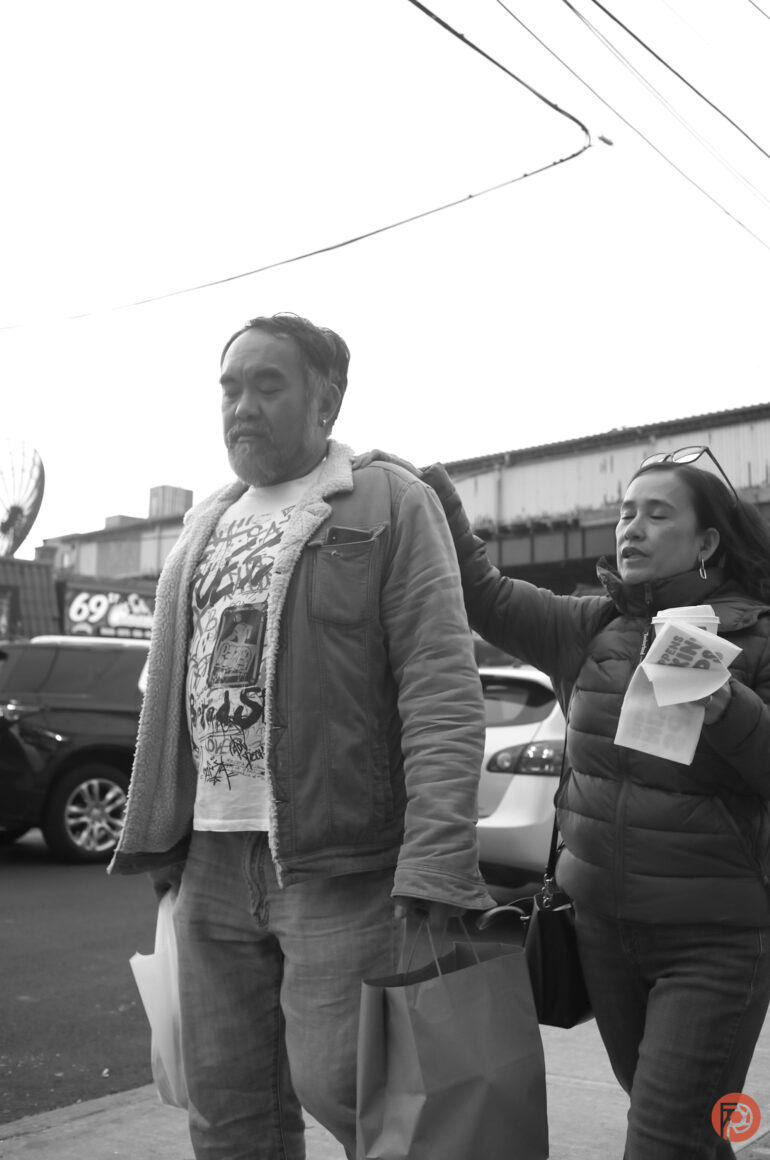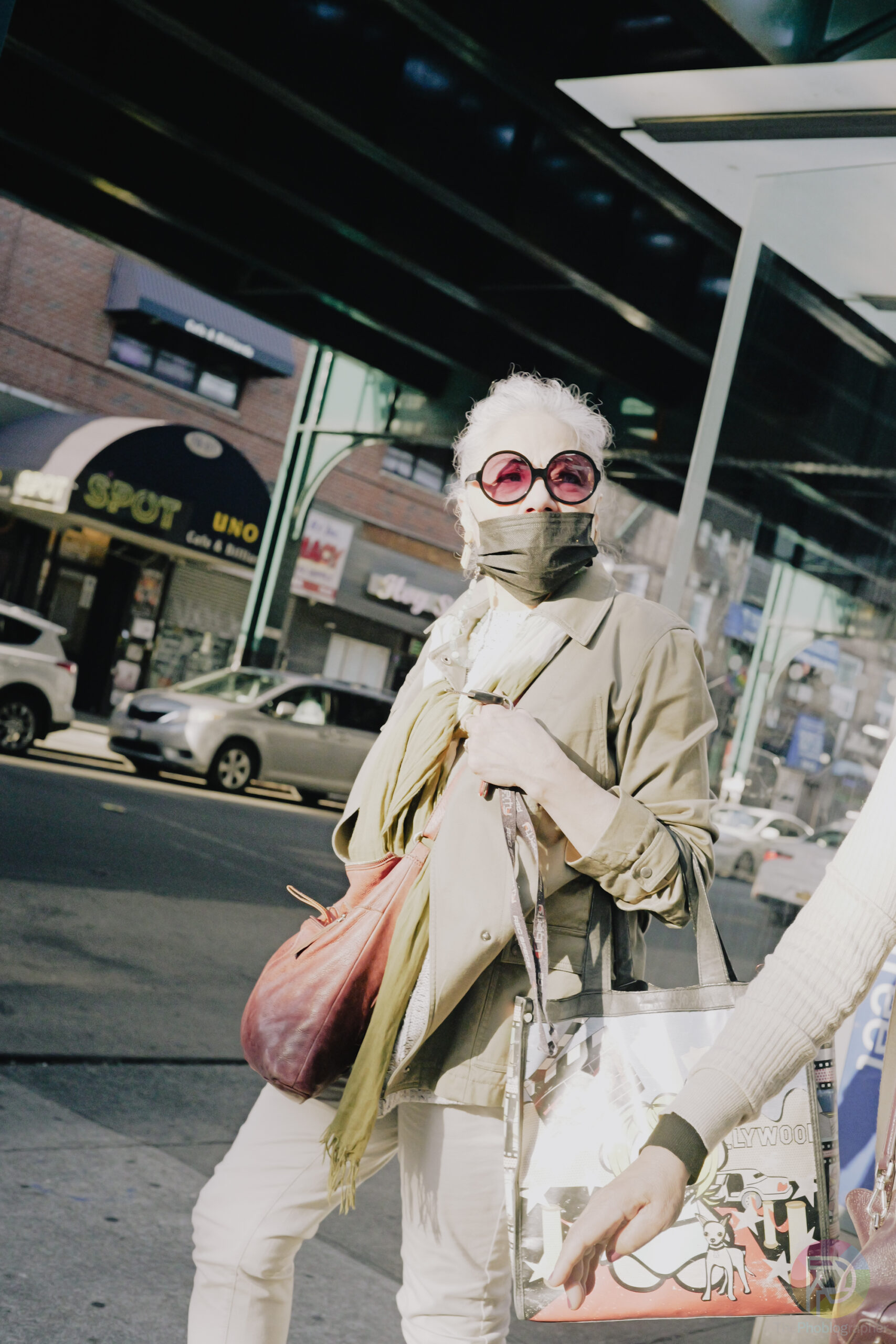When I look around at the work of various street photographers, I sometimes wonder why they’re photographing what they are. At times, they explain it. But at other times, they don’t want to in a move that’s often seen as a superficial way to make them seem more mysterious. However, street photography has questions that really need to be asked. Some of it has to do with homeless people, while others have to do with photographing people in general on the streets.
An important Question About Street Photography
There’s an important question to ask yourself when photographing people in the streets. It goes something like this:
Does the person you’re photographing have something truly unique and fascinating to them? Or are you photographing them because they’re vulnerable to your camera?
There’s an odd duality here as well. As a street photographer, you are doing nothing illegal by capturing candid photos of people on the streets. You don’t need to ask for permission, and the only people who will say that it’s the nice thing to do are the people being photographed and anyone the idea is brought to. Otherwise, everyone is always too busy staring at the great photo that you captured.
Well, that’s provided that you captured a great photo. For photos to have meaning and elicit feelings, they must have substance. More specifically, something has to bring out an emotion in a person looking at the photo.

When we look at the images of many famous street photographers, we can get many different reactions. Let me name a few:
- Gretchen Grace captures lots of irony and genuinely funny moments
- Michael Young looks for beautiful moments
- Steven Siegel captured wild moments in NYC
- Mark Seymour finds really fascinating framing that Wes Anderson would be proud of
- Cedric Roux finds intriguing moments that you would overlook on first glance
- Concha De La Rosa finds and captures photos of specifically old people in very visually stimulating settings.
More importantly, they’re doing all of this by not taking advantage of someone. Someone that’s homeless is vulnerable, for example.
What Does It Matter?

Why does this matter? Well, you’re not going to become a better street photographer, and there’s no reason for you to post your photos online then. But you truly should check your intent lest it becomes more predatory. Predatory practices puts all photographers into major problems with the law and the future of the art form.
Good street photography should bring about emotions to people while also making people realize how beautiful the framing is, the light is, etc. It can also bring people to understand the world around them so much more.
With that, also ask yourself why you’re posting your photos online. If you don’t have a good reason, then take them down. What’s the point? You should ask yourself this as you further refine and develop your portfolio of photography.
Admittedly, sometimes we do it when testing camera gear just to see if the camera and lens will focus on the subject. But that’s rare, and we wouldn’t call what we’re doing portfolio worthy either. My portfolio-worthy street photography is on my website. And everything there was shot with intent.
Becoming a Better Street Photographer
In your journey to become a better street photographer, you should ask yourself why you’re shooting photos of people. And if you can’t answer that, then maybe put the camera down for the moment. What’s more, if when going through the images later you can’t figure out why you’d include something in your selection of your best photos or not, maybe you should speak with someone that critiques portfolios.


